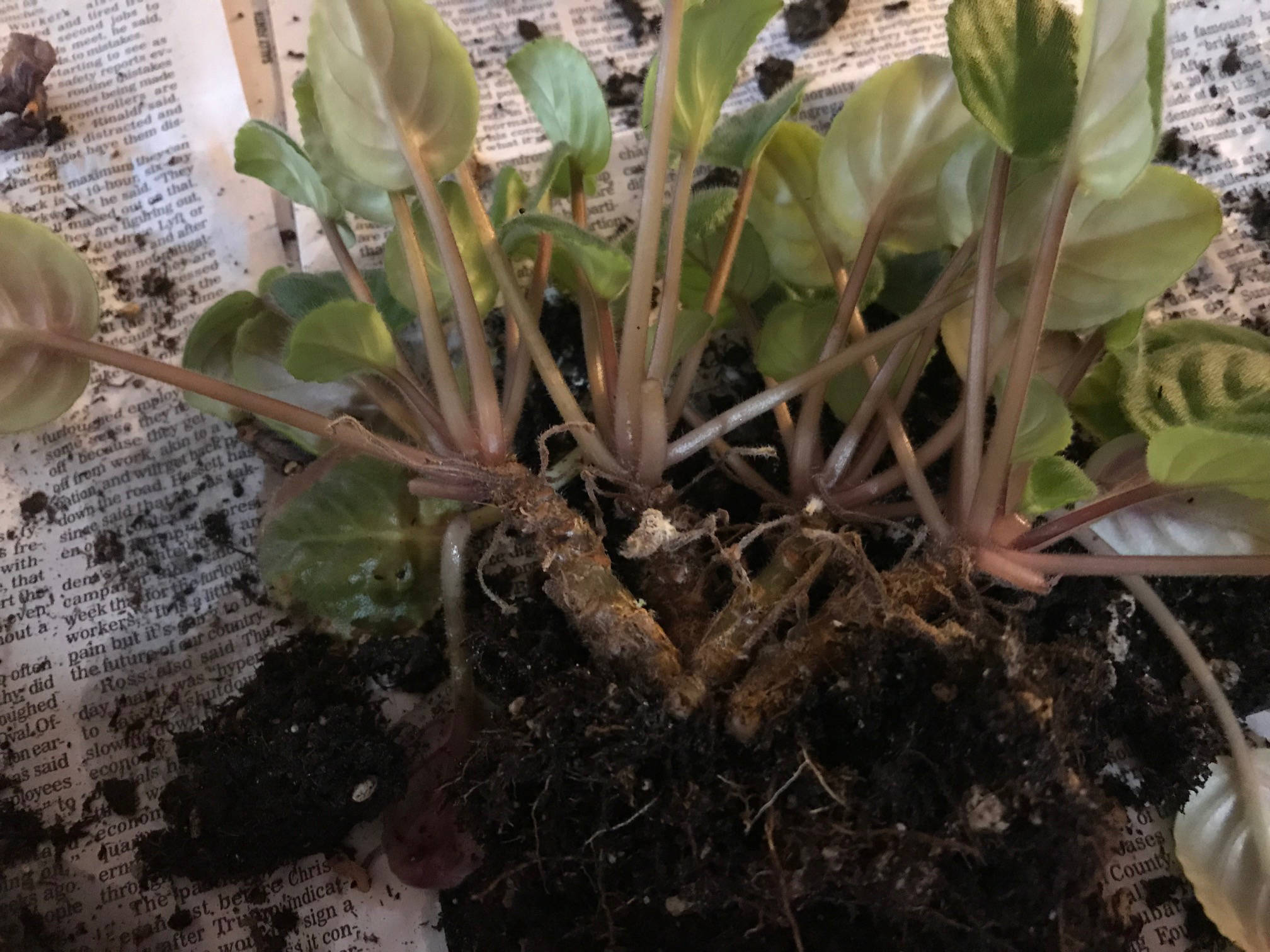Houseplants.
There are those of you who have oodles of these lovelies, of all different types and sizes and colors. I would hazard a guess that, at this very moment, they all need your undivided attention. This being January/February, now is the time to atone for your wanton neglect of these stalwart friends. Sooner than you think, we will be embroiled in outdoor gardening and the houseplants will get, at best, a cursory nod for the entire summer.
Take them to the kitchen sink/bathtub/shower and give them a good washing. They are coated with dust and grime from everyday indoor living. Keep in mind that nowhere in their DNA did they start out in a house. At some point they had been rained on. Let them revel in the reminder of what once was.
Do check out if they need to be repotted. Fresh soil and a scrubbed up container do wonders for you and the plant.
My hope is that you are living with your favorite plants and not something that has been dumped on you and you feel obligated to tend it for the rest of its/your life. Woe. Our daughter, Andrea, brought home an epiphytic cactus (Holiday cactus) in the second grade. It bloomed orange. Orange. I nurtured that beast for at least a million years. On one of her visits home, when she was in her 30s, it was blooming in all its glaring, jarring glory. “Good Grief!” says Andrea. “Out with this!” What an immense relief.
Now my focus is on African violets. I love them dearly. Therefore, you would think, that my tending of them would be flawless. No. For more than 40 years one house or another has been graced with these plants. For all of these years I have fed them a dilute solution of Shultz Plant Food. Then, about a year and a half ago, I couldn’t find any. So what did I do? Find a substitute? Oh no. The only food I could find was Miracle Gro and I put that right down there with RoundUp. So — I didn’t feed them anything. For a year and a half. And now they look it. So I bought Miracle Gro.
Not only do they look hungry but they are overgrown. I have a need to keep them in 4-inch pots. Violets will grow to meet the size of the container, so the larger the container the bigger your violet. I have seen some very happy enormous violets in full bloom. What they do is create more plants to fill the space. Take a look at a big one and you’ll notice there are multiple plants. This doesn’t work for me. I want just one plant in each container, and one container in each of the panes of the windows. I actually designed window sills that would accommodate my collection of violets. That’s how committed I am.
Suffering from a year and a half of benign neglect, my violets were in need of more than food. A repotting effort was in order. Some had long thick stems often referred to as “turkey necks” with just a semblance of leaves at the top — nothing attractive about that. Others had a zillion little plants crammed into a tiny space. None of them are blooming.
If yours are in need of similar attention here’s what you do: Muster courage. Lay out some newspaper on your counter. Have fresh potting soil at the ready. Extra pots if you want more plants.
Pull the plant out of its container, take a look at what its needs are. A long thick stem? Too many little plants with nowhere to go?
Let’s take the thick stem first: break off the root ball (yes, you really are going to do that). Using a vegetable peeler or a paring knife, scrape the stem. New roots will develop along the stem. Bury it down, leaving the crown of the plant above the surface so it doesn’t sit in wet soil and rot. Water well.
Lots of little plants: tear the plant apart. Really, just start pulling it apart with your hands. Repot as many of the little plants as you or your friends want, but put just one little plant in each pot. It will eventually fill the container.
This fall I took leaf cuttings. I put two or three in one 3-inch square pot, labeled them with the color and left them upstairs in front of the window. Sure enough, here comes little tiny plants. This is really my favorite method of regeneration. I’ll get a very fresh young plant that has gusto and I’ll know what color it is. As they mature I pot them up individually, and will cut off the “mother” leaf when it looks like the young plant is firmly established.
Whatever your preferred houseplant is or be it multiples, take the time right now to examine them and do what needs to be done to meet their needs. They are worth it.
Rosemary Fitzpatrick is a longtime Homer gardener and has been writing Kachemak Gardener since 1990.


